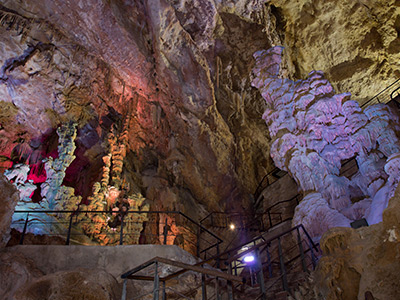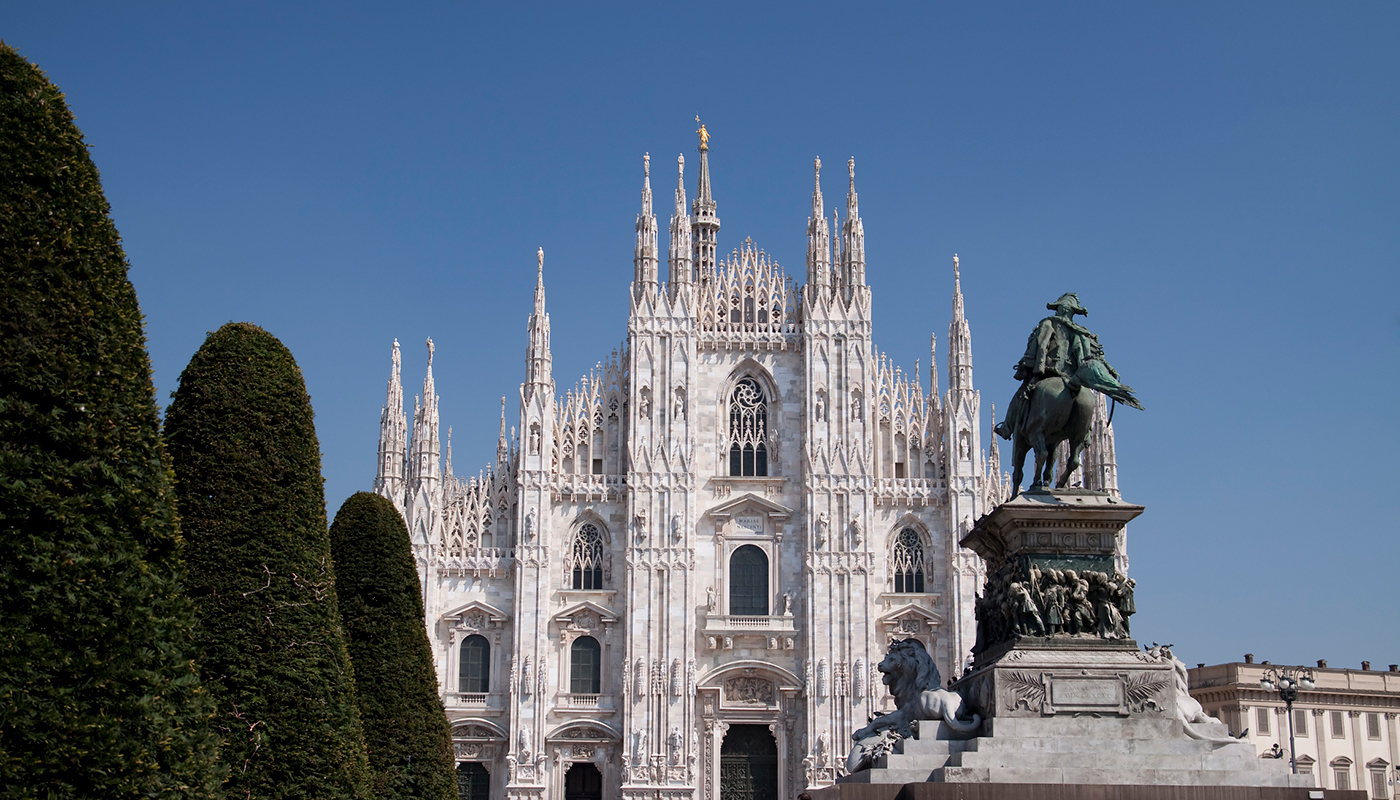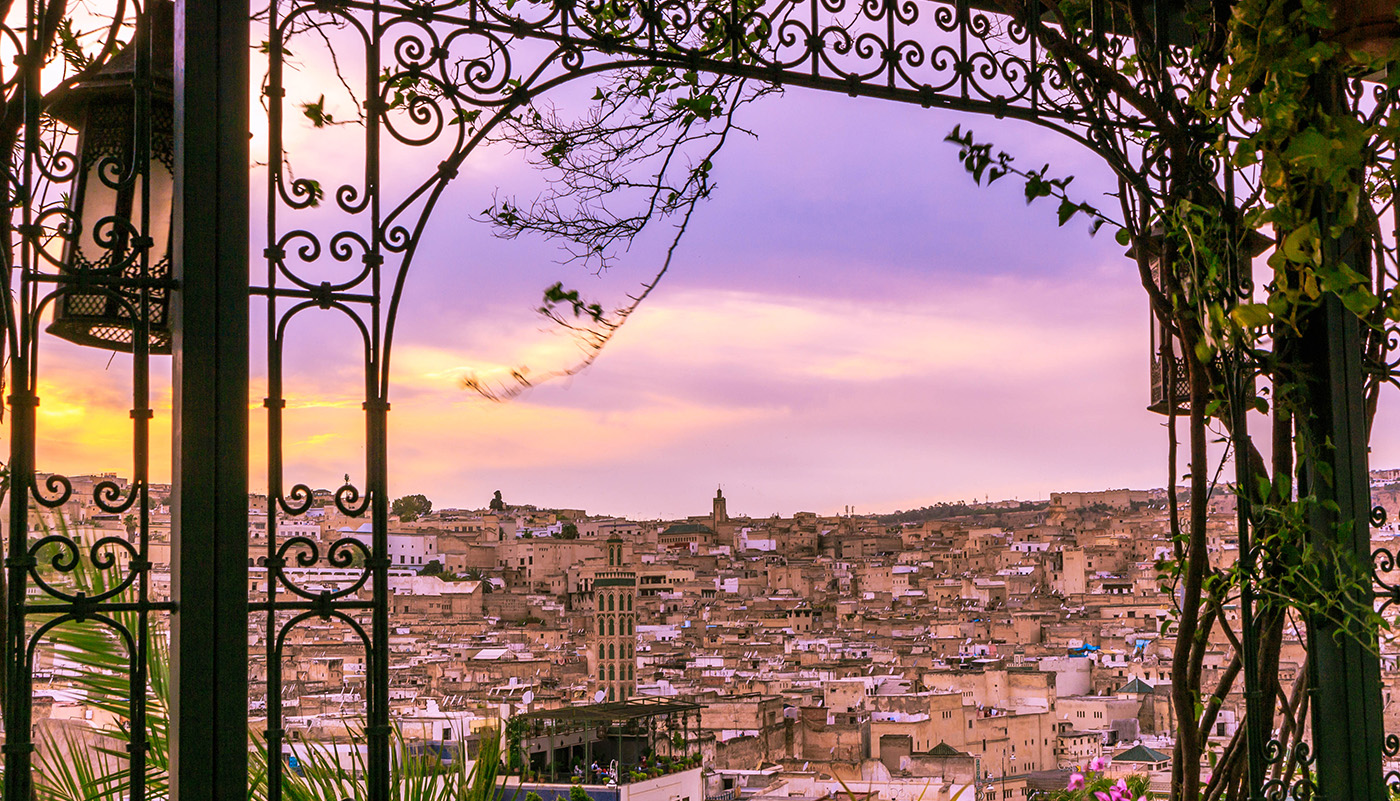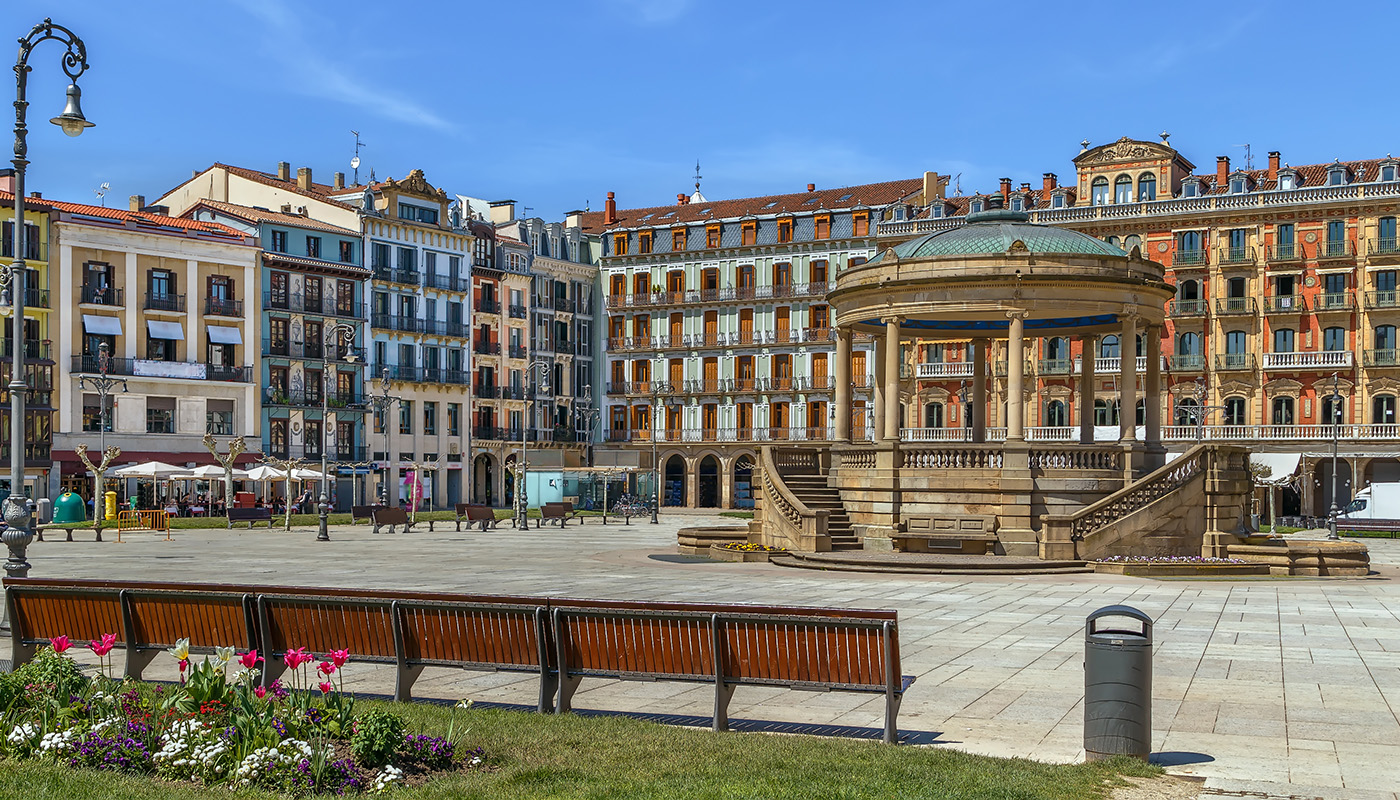Just 23 kilometres of serpentine roads separate the city of Alicante from Busot: a small inland village that was established at the feet of a castle during the times of Arab domination. These first settlers are also credited with discovering the neighbouring Canelobre Caves: a natural group of prehistoric caves installed in the heart of the Cabeçó d’Or mountain range (meaning Gold Head, in English). Considered to be one of the main geological treasures of the province of Alicante, the inside of these caves boasts a series of rock formations that attract thousands of tourists every year.
It is also the subject of several historical anecdotes of ethnographic interest. For example, during the Spanish Civil War, the Republican side repaired aircraft engines inside these caves. Tickets to the Canelobre Caves also provide access to the Busot Ethnic Music Museum: one of the richest and wide-ranging collections of world instruments. If you want to know more details including the opening hour and price, please continue reading.
Canelobre Caves: characteristics and interesting facts 
The Canelobre Caves, nestled 700 metres above sea level on the northern slope of the Cabeçó d’Or mountain range, has a series of characteristics that set it apart from any other cave on the planet. First, its astonishing antiquity, dating back 145 million years to the Jurassic period, is unique within the pre-Baetic mountain range to which it belongs. Next, its interior, accessible by passing through a 45-metre-long tunnel, allows visitors to discover the highest cave vault in Spain, sustained no less than 70 metres above the ground. It is officially referred to as the ‘Sagrada Familia’, owing to its likeness to the Barcelona basilica designed by modernist architect Antoni Gaudí. However, many locals affectionately refer to it as “the oldest cathedral in the world”.
Likewise, the fractured (and therefore porous) limestone of its summit has allowed for the slow and progressive creation of a spectacular set of speleothems, or capricious rock formations, in its interior. You will find a broad range of speleothems in the large cave that can be visited by the public, distributed across several levels, including stalactites, stalagmites, columns and medusa series, amongst many others. However, the star attraction is the 25-metre rocky column that presides the centre, which lends its name to the entire cave complex.
Activities inside the caves
 Just as the Republicans viewed the Canelobre Caves as the perfect workshop for aircraft engines, the Busot department of culture has deemed the cave complex to be the perfect venue for holding orchestra concerts. The reason for this is simple: besides the intrinsic beauty of the setting, it also offers devilishly good acoustics. In addition to the guided tours—lasting approximately 45 minutes, delivered in various languages—there is also an impressive music programme held in the cave.
Just as the Republicans viewed the Canelobre Caves as the perfect workshop for aircraft engines, the Busot department of culture has deemed the cave complex to be the perfect venue for holding orchestra concerts. The reason for this is simple: besides the intrinsic beauty of the setting, it also offers devilishly good acoustics. In addition to the guided tours—lasting approximately 45 minutes, delivered in various languages—there is also an impressive music programme held in the cave.
The Canelobre Caves also offer visitors the chance to experience potholing in its deepest section, after securing permission from the Busot Town Council. If you happen to be visiting the town at the end of April, you could also enjoy the Moors and Christians Festival that is held in the cave vault every year.
Entrance to the Busot Ethnic Music Museum is included
If you decide to visit the Canelobre Caves, you should also take the opportunity to explore the Busot Ethnic Music Museum. Located in the heart of the historic centre, just a 10 minute drive from the cave, this institution provides a fascinating insight into the history and the technique of more than 4,000 instruments from the world’s five continents. The collection belongs to musicologist Carlos Blanco Fadol, who is one of the biggest collectors of ethnic instruments in the world. Organised into various topics, the didactic space comprises a multicultural journey through music.







































































